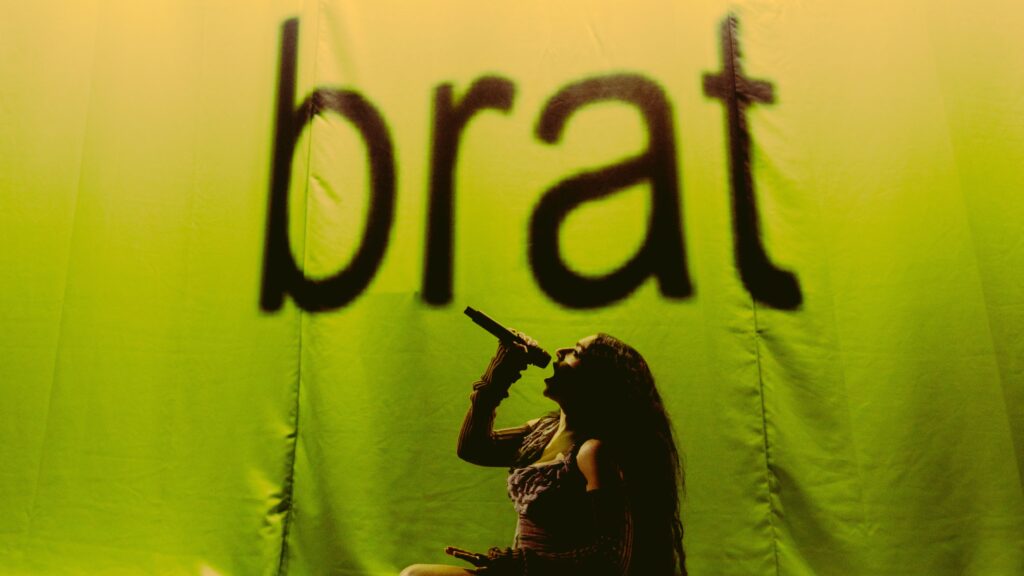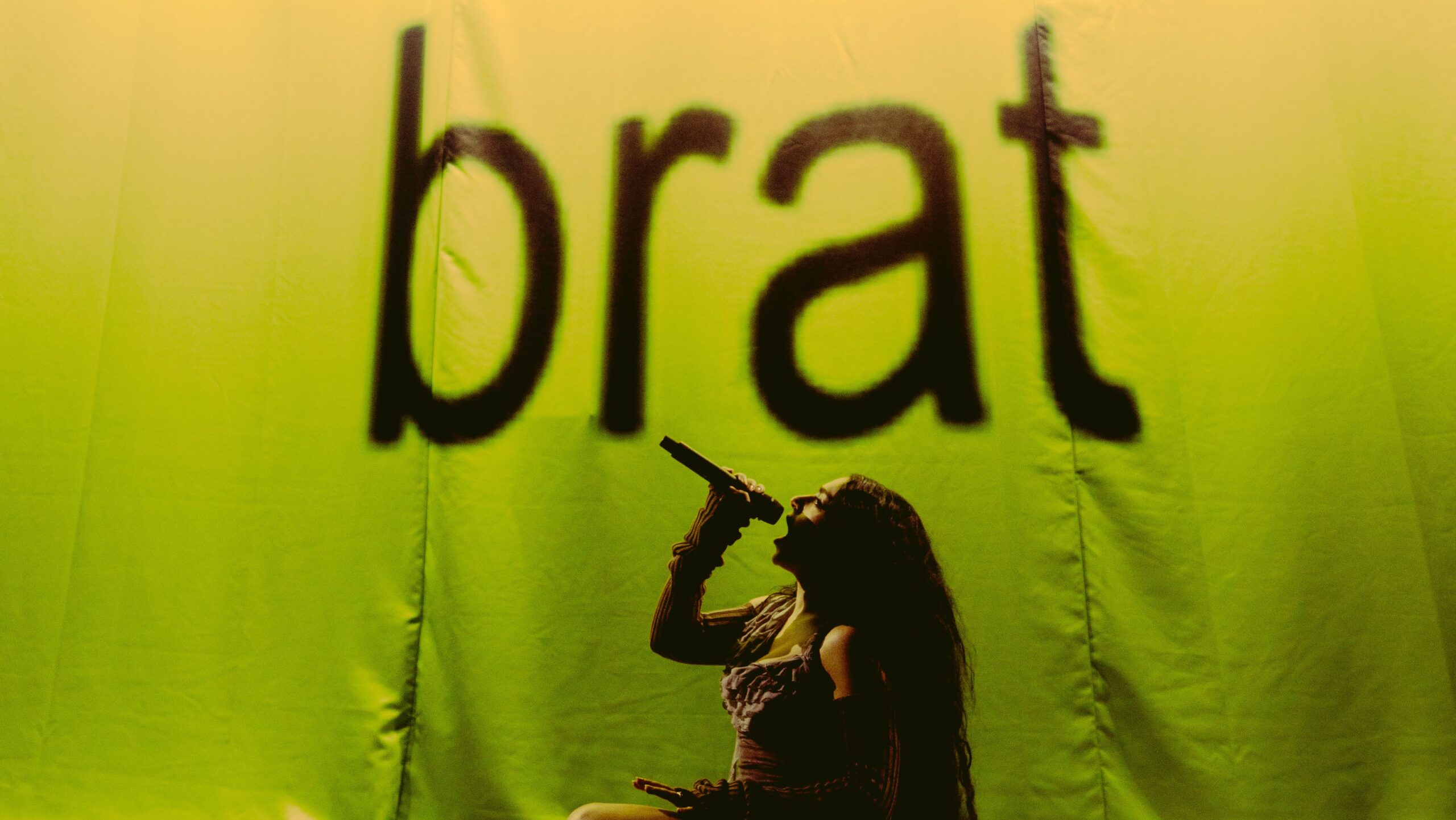
Unraveling the Mystery: What Happened to the Iconic ‘Brat’ Album Cover?
The world of album art is often as captivating as the music it represents. Album covers can become iconic symbols, instantly recognizable and deeply intertwined with the artist’s identity and the music’s message. But what happens when an album cover generates controversy, undergoes changes, or even disappears altogether? This is the question we’ll explore as we delve into the story of the ‘Brat’ album cover. We’re not just talking about a simple design change; we’re unpacking the evolution, controversy, and ultimate fate of a visual representation that sparked debate and captured the zeitgeist. This article aims to provide a comprehensive understanding of the ‘Brat’ album cover’s journey, offering insights into the artistic choices, the public’s reaction, and the broader implications for album art and artist representation. We’ll go beyond surface-level observations, exploring the underlying meanings and cultural context that shaped the ‘Brat’ album cover’s story.
The Evolution of ‘Brat’: From Concept to Controversy
The initial concept for the ‘Brat’ album cover was, by all accounts, a bold statement. It aimed to capture the raw energy and rebellious spirit of the music within. The artist’s vision, as explained in early interviews, was to create a visual that was both provocative and thought-provoking. However, the execution of this vision proved to be a lightning rod for controversy. Early versions of the cover featured imagery that some found to be sexually suggestive and potentially exploitative, particularly given the artist’s young age at the time. These initial designs were met with immediate backlash from critics, parent groups, and even some fans.
The controversy surrounding the ‘Brat’ album cover wasn’t just about the imagery itself; it was also about the broader context of the artist’s persona and the messages being conveyed. Some argued that the cover reinforced harmful stereotypes or promoted unrealistic expectations, while others defended it as a form of artistic expression and a challenge to societal norms. This clash of perspectives fueled a heated debate that played out in the media and online forums, further amplifying the controversy.
In response to the mounting pressure, the artist and their management team made the decision to alter the album cover. This decision was not taken lightly, as it involved a compromise between artistic vision and public perception. The revised cover featured a toned-down version of the original imagery, removing the most controversial elements and opting for a more symbolic representation. While this move appeased some critics, it also disappointed those who felt that the original cover was a powerful statement of individuality and artistic freedom.
Understanding the Artistic Intent Behind the Original ‘Brat’ Cover
To truly understand the controversy surrounding the ‘Brat’ album cover, it’s essential to delve into the artistic intent behind the original design. The artist, in subsequent interviews and statements, explained that the cover was meant to be a commentary on the pressures and expectations placed upon young people in the entertainment industry. The provocative imagery was intended to challenge the idealized portrayals of youth and to expose the darker realities of fame and exploitation. The artist also emphasized that the cover was a reflection of their own personal experiences and struggles, a way to express their vulnerability and reclaim their narrative.
However, the artistic intent behind the ‘Brat’ album cover was often overshadowed by the controversy surrounding its imagery. Many critics and commentators focused on the surface-level elements of the design, failing to recognize the deeper message that the artist was trying to convey. This disconnect between artistic intent and public perception highlights the challenges that artists face when dealing with sensitive or controversial subject matter.
The Revised ‘Brat’ Album Cover: A Study in Compromise
The decision to revise the ‘Brat’ album cover was a complex one, driven by a combination of factors, including public pressure, commercial considerations, and the artist’s own evolving perspective. The revised cover represented a compromise between artistic vision and public acceptability, a delicate balancing act that aimed to preserve the essence of the original message while mitigating the most controversial elements.
The specific changes made to the ‘Brat’ album cover varied depending on the edition and the region. In some cases, the most provocative imagery was completely removed, replaced with more abstract or symbolic representations. In other cases, the imagery was toned down or altered to make it less explicit. These changes were often accompanied by statements from the artist and their management team, explaining the rationale behind the revisions and emphasizing their commitment to responsible representation.
While the revised ‘Brat’ album cover was generally better received by the public, it also faced criticism from some quarters. Some argued that the changes watered down the original message and compromised the artist’s artistic integrity. Others felt that the revisions were a necessary step to ensure that the album could reach a wider audience and avoid further controversy.
The Impact of the ‘Brat’ Album Cover Controversy on the Artist’s Career
The controversy surrounding the ‘Brat’ album cover had a significant impact on the artist’s career, both positive and negative. On the one hand, the controversy generated a huge amount of publicity for the album, raising its profile and attracting attention from a wider audience. On the other hand, the controversy also created a negative association with the artist’s brand, making it more difficult to secure endorsements, media appearances, and other opportunities. The artist had to navigate a complex landscape of public opinion, media scrutiny, and industry pressure, all while trying to maintain their artistic integrity and personal well-being.
In the long term, the ‘Brat’ album cover controversy served as a valuable learning experience for the artist. It taught them the importance of being mindful of the potential impact of their work and the need to communicate their artistic intent clearly and effectively. It also helped them to develop a thicker skin and a stronger sense of self, enabling them to weather future challenges and controversies with greater resilience.
The Broader Implications: Album Art, Censorship, and Artistic Freedom
The ‘Brat’ album cover controversy raises important questions about the role of album art in society, the limits of artistic freedom, and the potential for censorship. Album covers are not simply decorative elements; they are powerful visual statements that can shape perceptions, challenge norms, and spark dialogue. When album covers are censored or altered due to public pressure, it raises concerns about the suppression of artistic expression and the erosion of creative freedom. The ‘Brat’ case serves as a reminder of the ongoing tension between artistic expression and societal values, and the need for open and respectful dialogue about these issues.
The ‘Brat’ album cover controversy also highlights the importance of media literacy and critical thinking. It is crucial for consumers to be able to analyze media messages critically, to understand the context in which they are created, and to form their own informed opinions. By engaging with media in a thoughtful and discerning way, we can avoid being manipulated by sensationalism and propaganda, and we can support artists who are pushing boundaries and challenging conventional thinking.
Where is the Original ‘Brat’ Album Cover Now?
This is the central question. The original ‘Brat’ album cover, in its uncensored form, is now a rare and highly sought-after item. While the revised versions are readily available, the initial pressing with the original artwork has become a collector’s item, fetching high prices on online auction sites and in specialty record stores. Its scarcity is a direct result of the controversy and the subsequent decision to withdraw it from circulation. Finding a copy of the original ‘Brat’ album cover is a testament to a time when artistic expression clashed with public sensibilities, a piece of music history preserved in a visual format.
The Lasting Legacy of the ‘Brat’ Album Cover
The story of the ‘Brat’ album cover serves as a powerful reminder of the complex interplay between art, commerce, and public opinion. It highlights the challenges that artists face when navigating controversial subject matter, the importance of artistic intent, and the potential consequences of censorship. The ‘Brat’ album cover may have been altered, but its legacy endures as a symbol of artistic freedom, creative expression, and the ongoing debate about the role of art in society. If you are interested in learning more about similar controversies and the impact of album art, consider researching the stories behind other iconic album covers that have sparked debate and challenged social norms. Share your thoughts and experiences with controversial album art in the comments below, and let’s continue the conversation about the power and responsibility of artistic expression.

